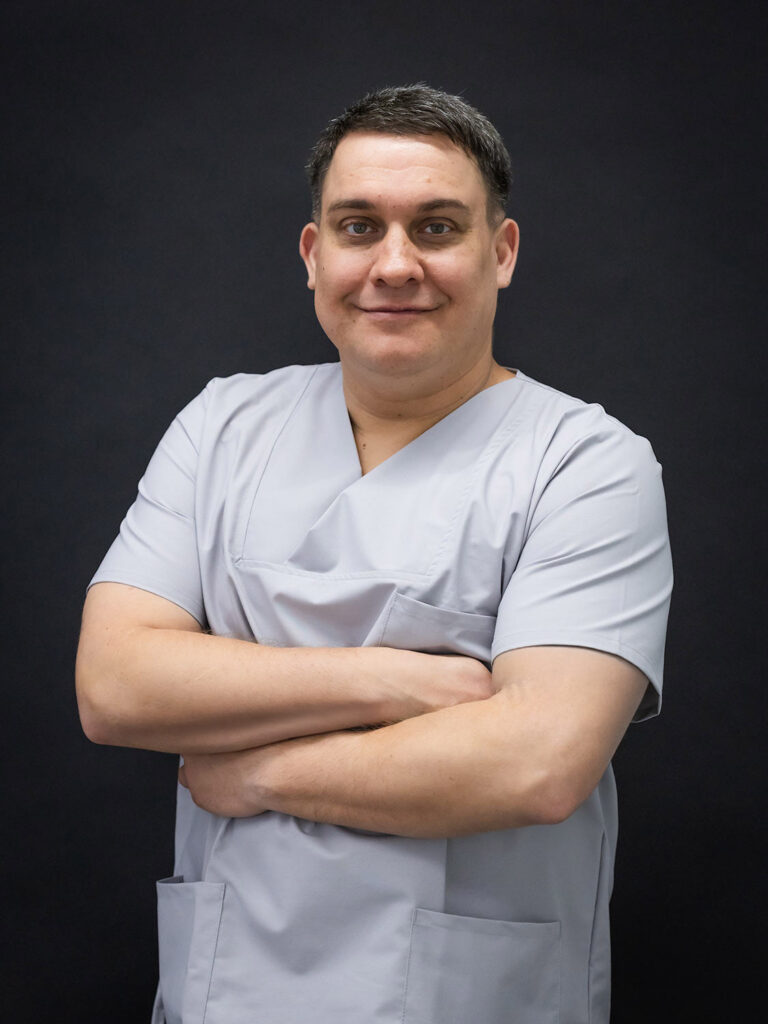An initial examination is an important step in the dental process, which aims to assess the patient’s overall oral health and identify any potential problems. During this, the dentist will perform a thorough examination to determine if additional treatment or care is needed. An initial examination can also help prevent more serious oral diseases and maintain long-term dental health.
Initial Examination Procedure:
- Oral Hygiene Assessment: The dentist will check how well the patient is taking care of their teeth and gums. Good oral hygiene is important to prevent tooth decay, gingivitis, and other oral diseases.
- Visual Examination: The doctor will visually inspect all of your teeth, gums, and other areas of your mouth. This helps to identify cavities, cracked teeth, gingivitis, or other potential problems.
- X-rays: In some cases, the dentist will take X-rays to get a clearer picture of the condition of the teeth and jaw, to detect hidden cavities, tartar buildup, or other problems that are not visually visible.
- Assessing the need for additional treatment: After assessing oral hygiene and performing a visual examination, the dentist will discuss possible treatment options with the patient. If problems such as cavities, gingivitis, or other diseases are detected, appropriate treatment will be prescribed.
- Prevention advice: During the initial examination, the dentist will also give recommendations for improving oral hygiene, changing your diet, or other preventive measures that will help prevent oral diseases and maintain a healthy smile.
The initial examination is important not only to identify existing problems, but also to prevent them in the future. Regular checkups help keep your teeth and gums healthy and prevent more serious problems. Visit your dentist at least once a year to ensure good oral hygiene and receive timely treatment.




